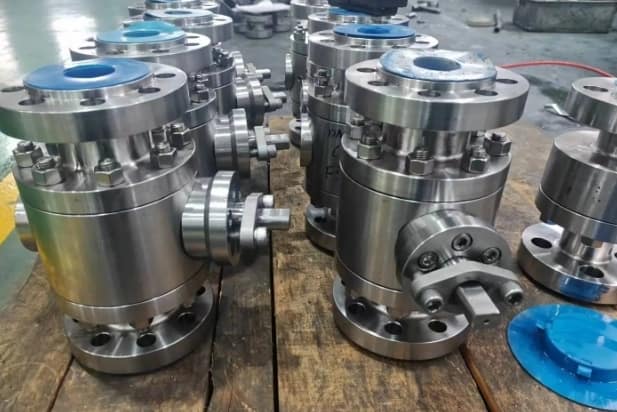Classification and Working Principle of Steam Trap
With the continuous improvement of people’s awareness of environmental protection, energy conservation and emission reduction have become a hot topic of social concern. The trap is a kind of energy-saving equipment came into being under this background, it can reduce the system pressure, reduce the energy loss, for the enterprise to bring considerable energy-saving benefits. This paper will introduce and analyze the principle, type and selection of trap.
First, the principle of steam trap
Steam trap is an automatic control valve, the main role is in the steam pipeline and equipment, timely elimination of condensate to ensure the stable operation of the system. The working principle of the trap is based on the physical law – the principle of thermodynamics. When the steam passes through the pipe, its temperature is higher than the surrounding environment, so it will emit heat, and the temperature will gradually drop, and eventually become condensed water. The condensate must be discharged in time; otherwise, the normal operation of the system will be affected. The role of the trap is here, it can automatically sense the condensate in the pipeline, and remove it in time, so as to ensure the efficient and stable operation of the system.
Second, the type of steam trap.
According to its drainage mode, the trap can be divided into floating ball type, funnel type and instantaneous type.
- Float ball
Float trap is a common trap device, mainly composed of valve body, float ball, spool and guide parts. When the condensate in the pipeline is separated, the float ball will rise with the water level, and the valve core will be opened to realize the drainage function. The float trap is simple in structure and convenient to use, but it is easy to clog and can not discharge high temperature condensate. - Funnel type
The function of the funnel trap is similar to that of the float trap, but its structure is relatively more complex. It is mainly composed of a conical funnel, a valve chamber and a valve body. When there is liquid in the trap, it is drained through the hole in the conical funnel. The inner design of the funnel is special, the condensate can be quickly discharged, and it is not easy to block, and has a high efficiency, which is often used in larger equipment. - Instantaneous.
Instantaneous trap is also a common trap device, which is mainly composed of aluminum oxide press block, seat, piston and spring. When the condensed water in the pipeline reaches a certain degree, the pressure difference is generated through the action of the piston, so that the instantaneous valve is quickly opened to discharge the water vapor, and the water is discharged by the instant explosive force.

Third, steam trap selection.
In the selection of trap, need to consider a number of factors, such as the working environment, system parameters, valve type and size.
First of all, the size of the trap should be determined according to the diameter of the pipe, and its temperature, flow and other parameters should be calculated.
Secondly, according to the different occasions of use, choose different types of traps, such as low temperature, high temperature, large flow or small flow of traps.
Finally, it is necessary to choose a brand with good quality, high reliability, good over-current performance and low maintenance difficulty.
In summary, the trap is an important energy-saving equipment, which can effectively reduce the consumption of materials and energy, improve production efficiency and system stability, and has a wide range of application prospects. When purchasing and using traps, enterprises should operate in strict accordance with relevant specifications to ensure their work efficiency and safety, and bring more wealth and development space for enterprises.
Learn more our project quality managemet, QAQC and third party inspection (TPI), NDT practices thru below link.
